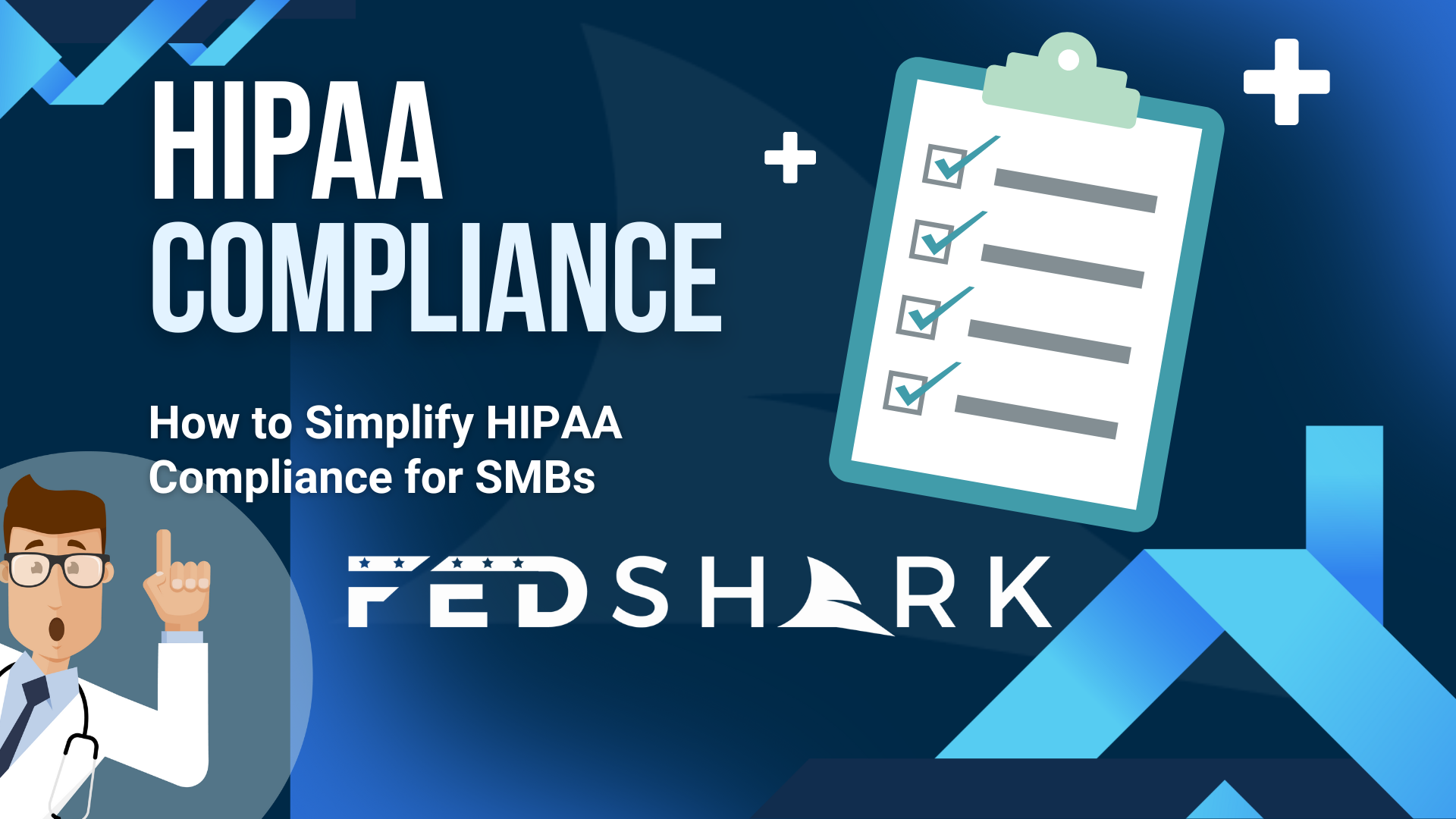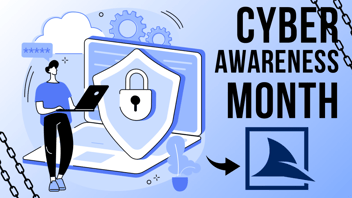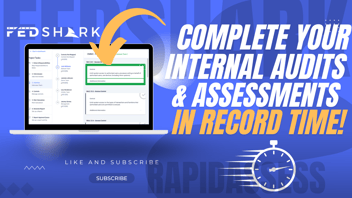For small and medium-sized businesses (SMBs) in the healthcare industry, maintaining compliance with the Health Insurance Portability and Accountability Act (HIPAA) can feel daunting. HIPAA was enacted to ensure the privacy and security of sensitive patient information, which is a responsibility that falls heavily on healthcare providers, insurers, and related businesses. But for SMBs, limited resources and expertise can make HIPAA compliance seem overwhelming.
The good news is that with the right approach and tools, HIPAA compliance can be simplified. In this article, we'll break down practical steps that SMBs can take to ensure they meet HIPAA standards without becoming bogged down in complexity.
1. Understand the Core Requirements
HIPAA compliance is about protecting patient data, specifically Protected Health Information (PHI). The two key components of HIPAA are the Privacy Rule and the Security Rule:
- Privacy Rule: Governs the use and disclosure of PHI by covered entities, ensuring that patient data is handled appropriately.
- Security Rule: Sets standards for protecting PHI through administrative, physical, and technical safeguards.
While this can seem complex, SMBs can focus on these core principles to start:
- Ensure that PHI is only accessible to authorized individuals.
- Implement safeguards to protect PHI from unauthorized access, both digitally and physically.
- Ensure proper reporting and response mechanisms for any breaches or potential violations.
A real-world case from 2024 involved a Massachusetts medical management firm that faced a $100,000 fine after a ransomware attack, partly due to non-compliance with HIPAA requirements. This case underscores the financial risks of non-compliance and the importance of basic safeguards such as encryption and multifactor authentication (MFA) to protect sensitive patient data (Blue Mantis).
2. Create a Culture of Compliance
One of the most effective ways to simplify HIPAA compliance is to embed it into your company culture. This means making it a priority for every employee—not just your IT or compliance teams. Here are a few ways to foster a compliance-centric culture:
- Provide ongoing training: HIPAA training should be mandatory for all employees who handle PHI. Regularly updating staff on best practices and potential threats will reduce the likelihood of accidental violations.
- Communicate policies clearly: Employees need to understand what constitutes a breach of HIPAA and what they should do if one occurs. Simplifying policy documents and making them easy to access will ensure that staff can quickly refer to them as needed.
- Appoint a compliance officer: Even in smaller organizations, having a dedicated person responsible for overseeing HIPAA compliance can ensure that it stays top of mind.
In 2023, more than 116 million individuals were affected by healthcare data breaches, largely due to phishing and insider threats. These figures highlight the importance of continuous staff training and creating a strong security-first culture (Blue Mantis) (Onsecc).
3. Implement Strong Technical Safeguards
With the growing use of digital health records and the increasing threat of cyberattacks, SMBs must have robust technical safeguards in place. While this might sound complex, modern tools make it easier to protect PHI with limited resources.
- Encryption: Encrypting all PHI, both in storage and in transit, ensures that even if data is accessed by unauthorized individuals, it cannot be read.
- Access Controls: Limit access to PHI based on an employee’s role within the company. This can be achieved through multi-factor authentication (MFA), password management, and role-based access controls.
- Automatic Monitoring and Alerts: Utilize systems that monitor for suspicious activity and automatically alert your team when a potential breach occurs. These tools can catch issues before they turn into major problems.
In fact, regular audits are crucial. The 2024 Advocate Health Care case, where the organization was fined $5.5 million for failing to conduct risk assessments, shows the consequences of neglecting security assessments (HIPAA Journal).
4. Conduct Regular Risk Assessments
Risk assessments are a key requirement under the HIPAA Security Rule. For SMBs, it may feel burdensome to conduct these assessments regularly, but they don’t have to be. Here’s how to simplify the process:
- Use Templates and Tools: Many free and paid tools exist that can guide SMBs through the risk assessment process. These templates will help ensure you’re covering all your bases without needing to become a compliance expert.
- Create a Routine Schedule: Rather than approaching risk assessments as one-off projects, integrate them into your routine operations. Conducting smaller, more frequent assessments (e.g., quarterly or biannually) can be less overwhelming and easier to manage.
- Prioritize Findings: Not every risk will need immediate action. Focus on addressing the highest-risk areas first, particularly those that pose a direct threat to PHI security.
The 2024 NotPetya ransomware attack on Heritage Valley Health System, which resulted in a $950,000 settlement, is a prime example of why risk assessments are essential. In this case, the failure to assess vulnerabilities and implement contingency plans led to significant data exposure (HIPAA Journal).
5. Leverage Compliance Software
Technology can significantly reduce the burden of HIPAA compliance. Compliance management platforms can help SMBs track, manage, and report on compliance efforts efficiently. These systems often come with:
- Automated policy management: Ensuring that policies are up to date and distributed to staff.
- Audit trails: Tracking all actions related to PHI to provide a record in the event of an audit or investigation.
- Incident management: Offering step-by-step guidance on how to respond to potential breaches and ensuring that incidents are reported within the required timeframes.
6. Plan for Breaches
HIPAA requires that any breach affecting PHI be reported promptly. For SMBs, this means having an incident response plan in place. This plan should outline:
- Who is responsible for managing and reporting breaches.
- How breaches should be handled, including immediate steps to mitigate any damage.
- Who needs to be notified, including affected individuals and government authorities, depending on the severity of the breach.
Having a clear and simple breach response plan will make it easier to act quickly and minimize the impact of any data breach. The 2019 breach at Montefiore Medical Center, where an employee accessed and sold the PHI of over 12,500 patients, resulted in a $4.75 million fine. This case demonstrates the importance of both preventive measures and swift breach response (HIPAA Journal).
Conclusion
HIPAA compliance may seem complex, especially for small and medium-sized businesses. However, by focusing on key requirements, creating a compliance-focused culture, leveraging technology, and planning for the unexpected, SMBs can simplify their compliance efforts. By breaking down the process into manageable steps and implementing best practices, you’ll ensure that your business stays compliant without draining your resources.
At FedShark, we help businesses of all sizes navigate compliance challenges through expert assessments and automated solutions that make managing compliance simpler and more effective. Reach out to learn how we can help streamline your HIPAA compliance journey.





Leave a Comment